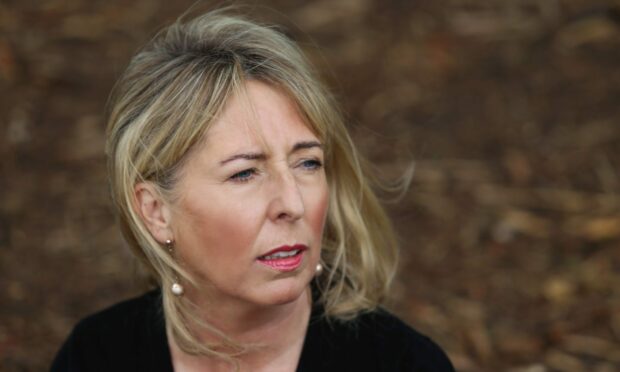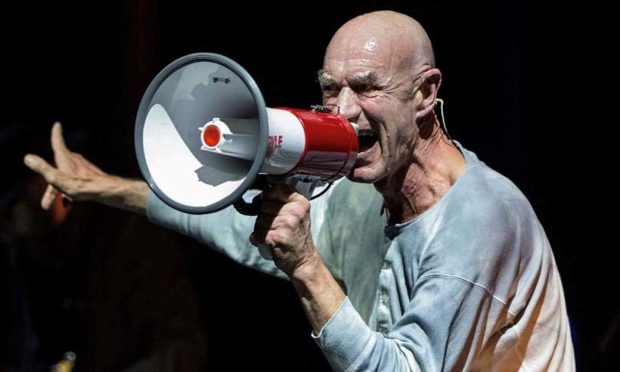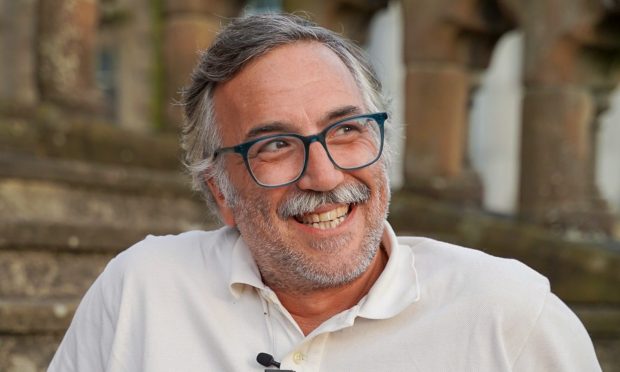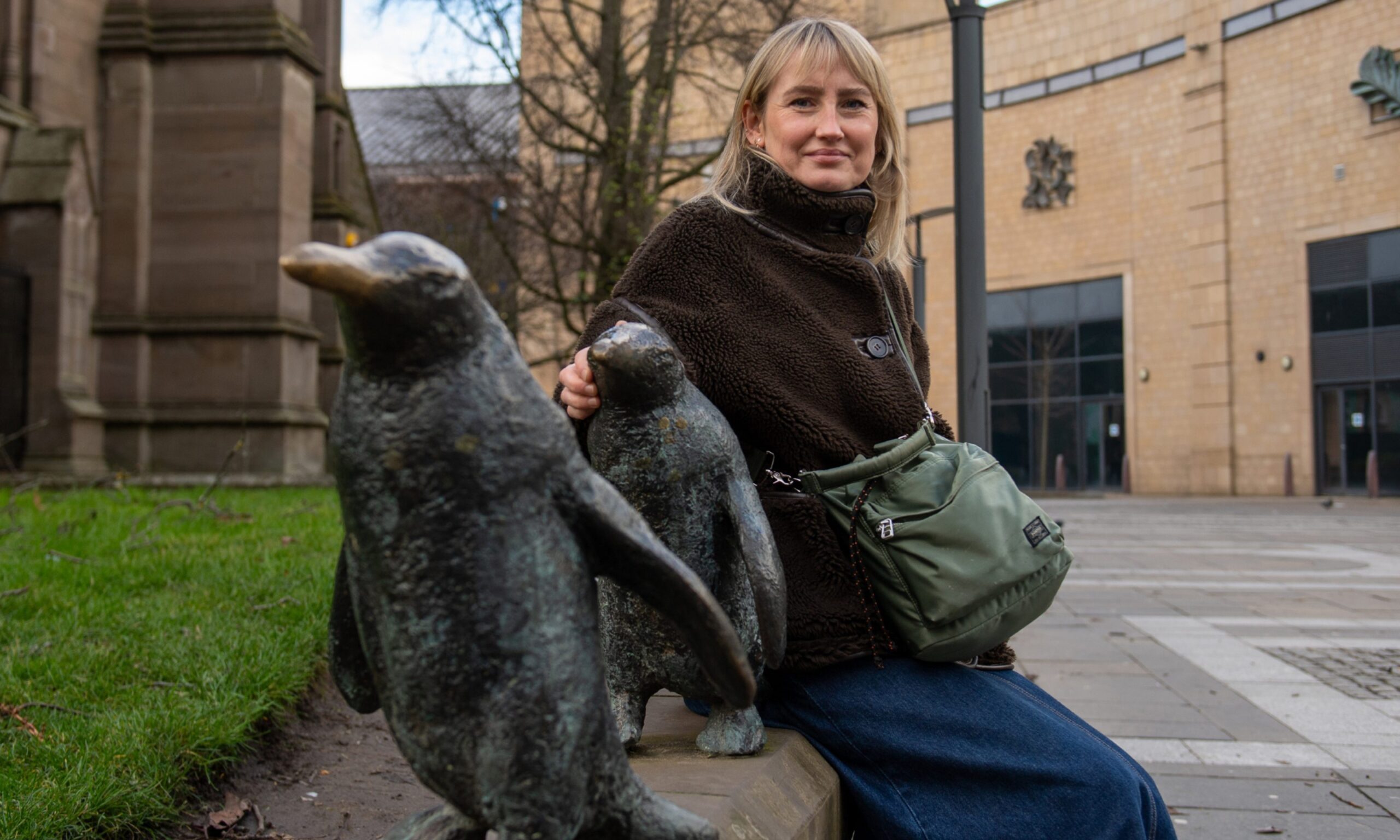Brides murdered before their wedding day and a modern day Miss Marple are all part of Siobhan MacDonald’s dark, suspenseful tale of secrecy, murder and mystery in a small town.
The Irish author based her latest novel The Bride Collector on the fictional tourist town of Kylebeggan, on the west coast of Ireland.
“There’s a serial killer in this town Kylebeggan who is bumping off all these brides to be,” Siobhan explains.
The small town setting is reminiscent of popular tourist towns like Killarney, or closer to home, Pitlochry.
“If you wanted a Scottish equivalent it would be somewhere like Pitlochry: very high mountains and relies on the tourist trade” said Siobhan.
“Small towns have a lot in common in how people behave […] I wanted to explore what might happen in a town that relies on the tourist trade if there was a suggestion of a serial killer in town’
‘Modern Day Miss Marple with attitude’
The protagonists are a taxi driver and an investigative reporter who team up to track down the killer.
The killer’s modus operandi is killing women who are about to be wed, and laying their bodies out in their wedding gowns.
Ellie Gillespie, the intrepid taxi driver, tries to solve the mystery murders after her close encounter with one of the victims.
Siobhan sees her heroine as a kind of “Modern day Miss Marple with attitude”.
“She takes a group of women out on a hen night, and drops the bride to be home.
“The following day she hears on the radio that this particular bride to be has been found dead in her house and she thinks that she was possibly the last person to see her.” she said.
Ellie pairs up with reporter Cormac to solve the crimes, after the inaction of local police.
The smaller the town the bigger the secret
Siobhan’s new novel takes influence from a dark, mysterious chapter in recent Irish history.
The story is partly influenced by the disturbing disappearances of multiple women in a part of Ireland dubbed the ‘Vanishing Triangle’.
“There was a time in Ireland in the 1990’s where there was a murder triangle around Wicklow, Kildare, and seven or eight women went missing,” she explained.
“There were and still are rumours about that, there was one particular person behind the disappearance of these young girls.”
These eerie happenings, and their rural setting, gave Siobhan some idea for the ethos of her novel.
“Imagine that happening in a smaller geographical area like a tourist town,” she said.
The rural setting plays a huge part of the story and how the mystery unfolds.
“I like to explore the idea of the smaller the town the bigger the secret,” explained Siobhan.
“The landscape is a character in of itself, I feel.”
Writing across Scotland and Ireland
Siobhan has always written, but began writing novels, ‘in earnest’ only a decade ago.
She worked as a technical writer across Scotland before returning home to southwest Ireland.
As she tells it: “I ended up writing marketing material, I was at least writing which is what I wanted to do.
“I have always written, I wanted to write and I didn’t know how to marry up my engineering background with writing.
“I worked in various places like Edinburgh, Dundee, Linlithgow – my husband is Scottish – and then we came back to Ireland.”
Siobhan has been writing from a young age, and has had poetry published in Irish language magazines.
After writing short stories in Scotland, Siobhan began writing full length novels in Ireland.
“When I came back to Ireland I started writing in earnest, in the evenings after work.” she said.
Siobhan found her creative home in thriller writing, influenced by writers like Daphne du Maurier, Iain Banks and Ian Rankin.
‘I’m more comfortable writing in a psychological thriller genre because that’s what keeps me and my brain ticking over.’
The Bride Collector, Hachette, £8.99.










